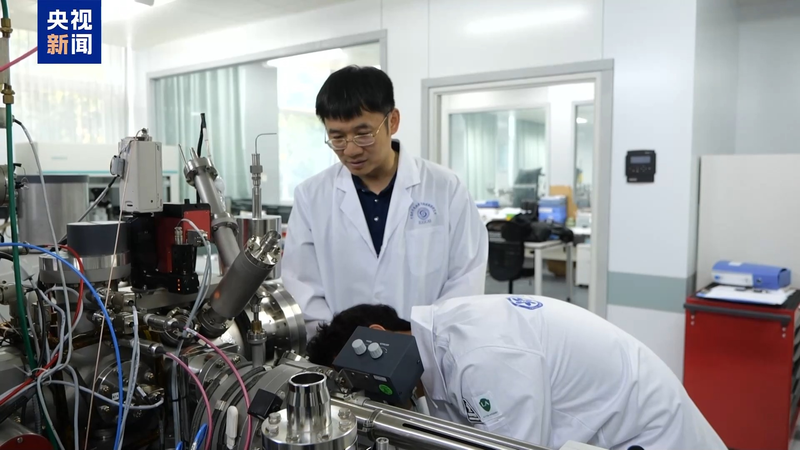In a groundbreaking study published in Nature Communications, scientists from the Chinese mainland have shed new light on the hidden depths of the moon’s far side.
The research team analyzed basaltic rock samples brought back by the Chang’e-6 mission, which touched down in one of the most mysterious regions of the lunar surface. These samples originated from a mantle source that is not only drier and more barren but also in a much more “reduced” oxidation state than any rocks we’ve studied from the near side.
In geochemical terms, “reduced” means that key elements like iron exist in a lower oxidation state, hinting that these mantle materials could be either more primitive or altered by a massive impact event early in lunar history. This discovery challenges the long-held assumption that the moon’s interior is uniform beneath both hemispheres.
“The redox state of a planet is a key indicator for understanding its internal processes and surface habitability,” explains Yang Wei, a researcher at the Chinese Academy of Sciences’ Institute of Geology and Geophysics. “At least these results prove that hundreds of kilometers deep, the near and far sides of the moon are still different. This is our new discovery.”
By revealing these stark contrasts deep beneath the lunar crust, the study not only refines our models of how the moon formed and evolved but also raises new questions about resource distribution for future missions. For young space enthusiasts and planetary scientists alike, the moon’s far side just got a whole lot more intriguing.
Reference(s):
New discovery: China's lunar samples deepen understanding of the moon
cgtn.com


